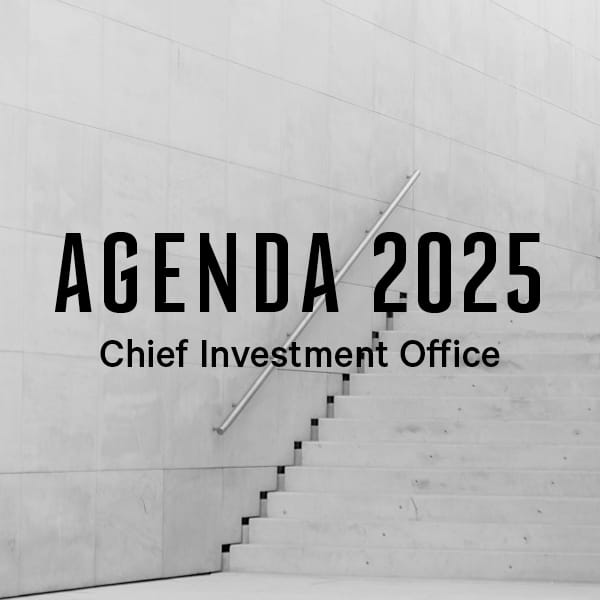-
Overview
The dynamic between U.S. stocks and Treasury yields is once again in focus. Both are rising due to a belief in stimulus-driven reflation. Steeper yield curves tend to be indicators of a pickup in economic activity. Yet once yields rise and curves steepen to key levels, a fresh stocks selloff awaits as valuations become more challenged.
The notion of near-term, highly expansive U.S. fiscal policy steepened the yield curve to as much as 151bps, a level not seen since August 2017.
Chart 11: US yield curve steepening (bpts)

Source: Bloomberg
Australia’s 10-year yields are higher than “almost everywhere in the world,” Governor Philip Lowe observed on the 15th October. Lowe signalled a package of new measures could be forthcoming at the November policy meeting including the option to buy bonds further out the maturity spectrum from State and Federal Governments. That unleashed speculation that the central bank would announce a plan to purchase bonds at the longer end of the curve as soon as next month, in addition to announcing a rate cut to 0.1%. Such a move would push the RBA balance sheet well beyond the current $300b level.
Chart 12: Reserve Bank loads up on bonds ($b)

Source: Bloomberg
The US has a trade deficit which means it needs to rely on the kindness of foreigners to help fund it.
To lure foreign buyers to finance the deficit, U.S. assets need to be attractively priced. With rates suppressed by the Federal Reserve (implying bonds are expensive) and strong demand for U.S. stocks driving valuations in that market higher, the dollar is left as the main channel for adjustment. This chart shows how foreigners remain sanguine about buying US bonds even with the weakness in the currency year-to-date.
Chart 13: Foreign ownership of the US Treasury market (%)

Source: Bloomberg







